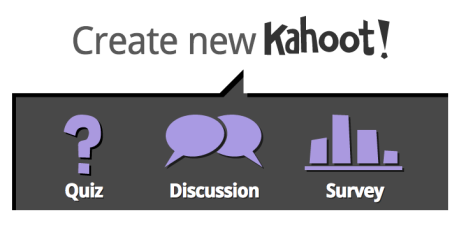When presenting in class, students in my courses are required to include at least one “interactive part” involving their fellow class mates. The main goal of this rule is to foster experience-based learning and to make student presentations more varied. How the students involve their colleagues is entirely up to them; collateral benefit of this openness is that I profit immensely from the creativity and diversity of ideas and techniques put forward by the students.
Over the course of the past semester, for instance, I not only saw but experienced various tools for digital interactivity – some of which were really helpful in raising attention levels and understanding. Please find below a selection of three such digital tools, all of which are browser-based and work on laptops, tablets and smartphones alike:

Kahoot: the mobile-friendly tool provides an easy way to set up competitive quizzes, where participants get points for correct and fast answers. In the end, there is a ranking and a winner. According to Kahoot’s website, the tool works with up to 500 participants. In a German blog post, Daniel Giere describes his experiences with Kahoot in the field of history. Continue reading “Learning from Your Students: Tools for Digital Interactivity in Class”
 At the end of March I was invited speaker at a workshop on “
At the end of March I was invited speaker at a workshop on “